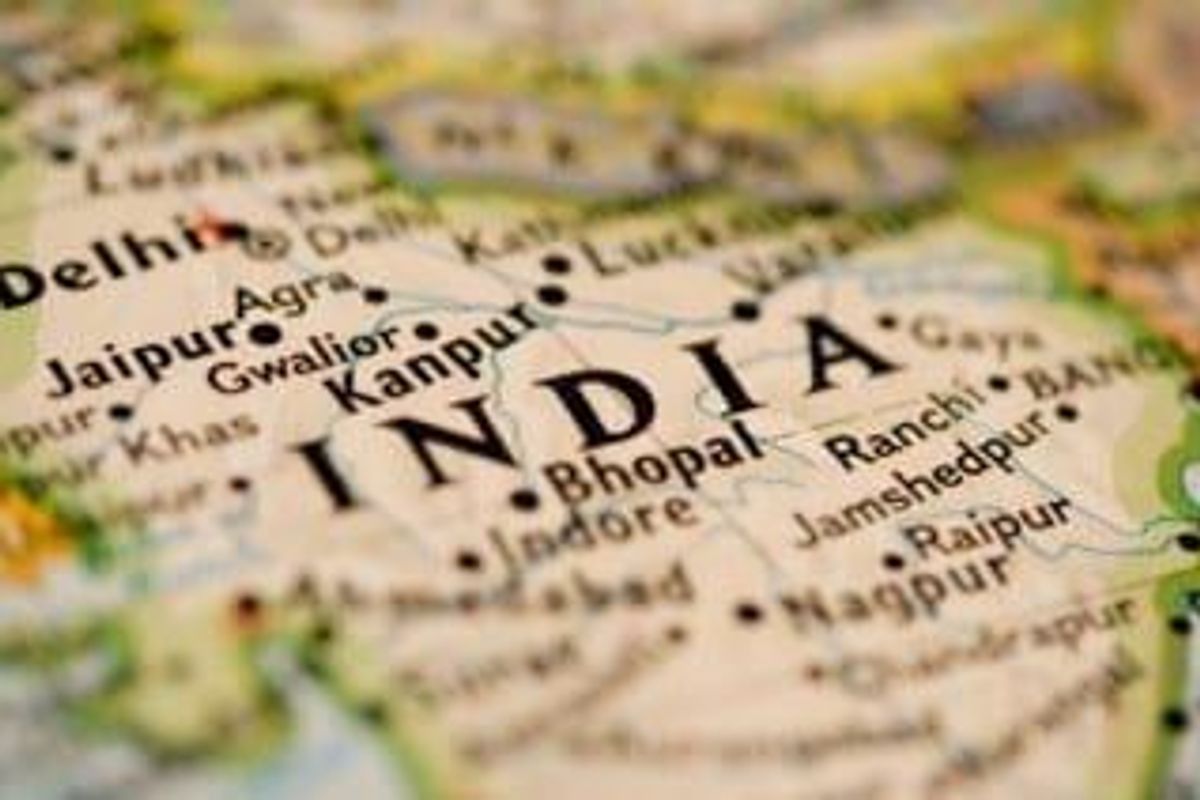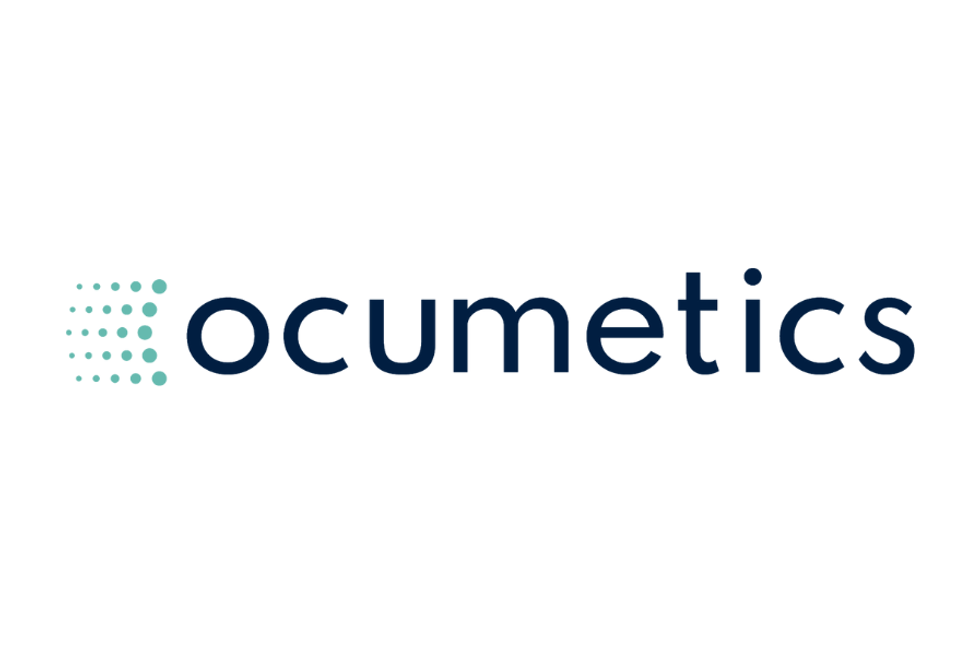- AustraliaNorth AmericaWorld
Investing News NetworkYour trusted source for investing success
- Lithium Outlook
- Oil and Gas Outlook
- Gold Outlook Report
- Uranium Outlook
- Rare Earths Outlook
- All Outlook Reports
- Top Generative AI Stocks
- Top EV Stocks
- Biggest AI Companies
- Biggest Blockchain Stocks
- Biggest Cryptocurrency-mining Stocks
- Biggest Cybersecurity Companies
- Biggest Robotics Companies
- Biggest Social Media Companies
- Biggest Technology ETFs
- Artificial Intellgience ETFs
- Robotics ETFs
- Canadian Cryptocurrency ETFs
- Artificial Intelligence Outlook
- EV Outlook
- Cleantech Outlook
- Crypto Outlook
- Tech Outlook
- All Market Outlook Reports
- Cannabis Weekly Round-Up
- Top Alzheimer's Treatment Stocks
- Top Biotech Stocks
- Top Plant-based Food Stocks
- Biggest Cannabis Stocks
- Biggest Pharma Stocks
- Longevity Stocks to Watch
- Psychedelics Stocks to Watch
- Top Cobalt Stocks
- Small Biotech ETFs to Watch
- Top Life Science ETFs
- Biggest Pharmaceutical ETFs
- Life Science Outlook
- Biotech Outlook
- Cannabis Outlook
- Pharma Outlook
- Psychedelics Outlook
- All Market Outlook Reports

India is expecting to see significant medical device market growth moving forward
The global medical devices and technology market is expected to grow to US$520 billion by 2020. Some of that growth is coming from India. Investors interested in the medical devices market may also be interested know that India is a hotbed of activity when it comes to medical device start-ups. In fact, in a report released in March by Deloitte, India’s medical device market growth is expected to be $8.6 billion by 2020. According to Deloitte, current demand and supply side fundamentals provide a significant opportunity and rationale for manufacturing medical devices in India.
Deloitte explained that the healthcare system in India continues to be affected by aspects of availability, affordability and quality of service. The firm places India behind other BRIC countries in this respect, noting that the country has only seen a 3.9 percent of GDP spent on healthcare, compared to 8.9 percent in Brazil, or 6.2 percent in Russia. The government is, as a result, looking for ways to address the issues of healthcare access, quality and affordability.
The report highlights that there is an underlying challenge for medical device companies in India to produce medical devices that are cost competitive and effective to increase penetration and use. Furthermore, the existent regulatory environment for the pharmaceutical –and by extension the medical devices – market has been ambiguous, complex and lacking in transparency.
Added to the list of challenges, Deloitte also points out that India’s medical device industry is largely dependent on imports, and most local manufacturers producing products on the lower end of the technology value chain. “Most multinational companies have their production base outside India and import their products for the Indian market,” the report highlighted.
Areas of medical device market growth
The India medical device market growth is expected to take place across four industry sectors – instruments and appliances, diagnostic imaging, consumables and implants and patient aids. The largest of these four sectors is instruments and appliances, which accounted for 34 percent of the total industry in 2014. The sector is expected to grow at a rate of 15 percent between 2014 and 2020. In regards to therapeutic appliances, the compounded annual growth rate is expected to be around 19 percent, which will mean this sub-sector will be leading growth.
The country’s second largest sector is diagnostic imaging, which makes up roughly 31 percent of the total industry. Deloitte forecasts a growth rate of 13 percent from 2014-2020. Meanwhile, consumables and implants take up 19 percent of the market, and are expected to grow by 14 percent into 2020. The firm views patient aids and others among the fastest growing segment in the medical devices industry. With a 2014 market share of 16 percent, the firm expects to see a growth rate of 19 percent into 2020.
Medical device market growth in India demand factors
When it comes to what is driving demand in India’s medical device sector, Deloitte outlines three primary factors, include rising instances of chronic diseases, aging population and an increasing income and affordability.
Deloitte foresees that non-communicable diseases are expected to affect more than 75 percent of India’s disease burden by 2025, which is a significant increase compared to the 45 percent affected in 2010. Similarly, the number of individuals with diabetes, coronary heart disease and chronic obstructive pulmonary disease are also on the rise. With the increase in chronic diseases, the country is looking at a higher demand for healthcare services.
Aging population is a demand factor that is not exclusive to India. Globally, the aging demographic is contributing a lot of the advancements in the healthcare sector. More specifically in India, the 65 and over demographic is expected to increase to 100 million or 7 percent of total population by 2020. “This would result in a much higher need for healthcare and thus medical devices, both at health facilities and homes,” Deloitte noted.
Finally looking at the increasing income and affordability, the firm estimates that with the country’s urbanization, the size of the population earning US$5,000 per year is expected to increase to 450 million, which is about 28 percent of the total population. Concurrently, health care insurance coverage is also expected to increase in the coming years.
Looking at a government level, the Government of India has implemented policy measures that address the challenges of the medical device industry, which have included the “Make in India” initiative that is promoting indigenous manufacturing and the development of quality standardization framework in India.
“The Government of India’s focus on digital and increasing penetration of mobile and internet (eight-fold in the past decade), are other important factors contributing to rising awareness and demand,” the report states.
Supply factors for medical device market growth
On the supply side, a shortening lead-time and better serviceability have provided India with the potential to emerge as an ideal destination for setting up manufacturing facilities. Furthermore, the country is working on derisking business from regional and global risks, as well as growing the domestic market.
“Capitalizing on these factors, India can move up the technology ladder and focus on manufacturing of low and mid-tech products in the near term,” the report states.
Don’t forget to follow us @INN_LifeSciencefor real-time news updates.
Securities Disclosure: I, Vivien Diniz, hold no investment interest in any of the companies mentioned.
Outlook Reports
Featured Medical Device Investing Stocks
Browse Companies
MARKETS
COMMODITIES
| Commodities | |||
|---|---|---|---|
| Gold | 2380.11 | +12.46 | |
| Silver | 28.24 | +0.02 | |
| Copper | 4.46 | -0.01 | |
| Oil | 82.66 | -0.07 | |
| Heating Oil | 2.54 | 0.00 | |
| Natural Gas | 1.75 | -0.01 | |
Investing News Network websites or approved third-party tools use cookies. Please refer to the cookie policy for collected data, privacy and GDPR compliance. By continuing to browse the site, you agree to our use of cookies.


